Discover the captivating world of Jaris Kapcevičius more known as Jaris Ink, a talented tattoo artist from Lithuania, whose intricate works of micro-realism and neo-Japanese style have left a lasting mark on the art scene. In this exclusive interview, we delve into the creative mind of a self-confessed perfectionist, exploring the inspiration behind his unique projects and the fusion of traditional Japanese motifs with neo-traditional elements.
Join us as we uncover the stories behind his proudest works and the challenges he faces as an artist. Furthermore, learn about his recent solo exhibition, where he showcased the artistry of tattoos alongside traditional visual art, challenging stereotypes and leaving a lasting impression on the visitors. With a passion for self-expression and a deep appreciation for cultural significance, Jaris takes us on an artistic journey, offering insights into his creative process and plans for the future. Explore the world of tattooing through the eyes of a true artist, where every stroke holds meaning and every design tells a story.
Can you tell me a little about yourself? Where are you from, and where do you work now?
- I'm Jaris, a tattoo artist from Lithuania – a small but beautiful country in the Baltic states. I specialize in micro-realism tattoos and have recently started exploring the neo-Japanese style. Currently, I work in Lithuania but also travel extensively, guesting in different tattoo studios around the world.
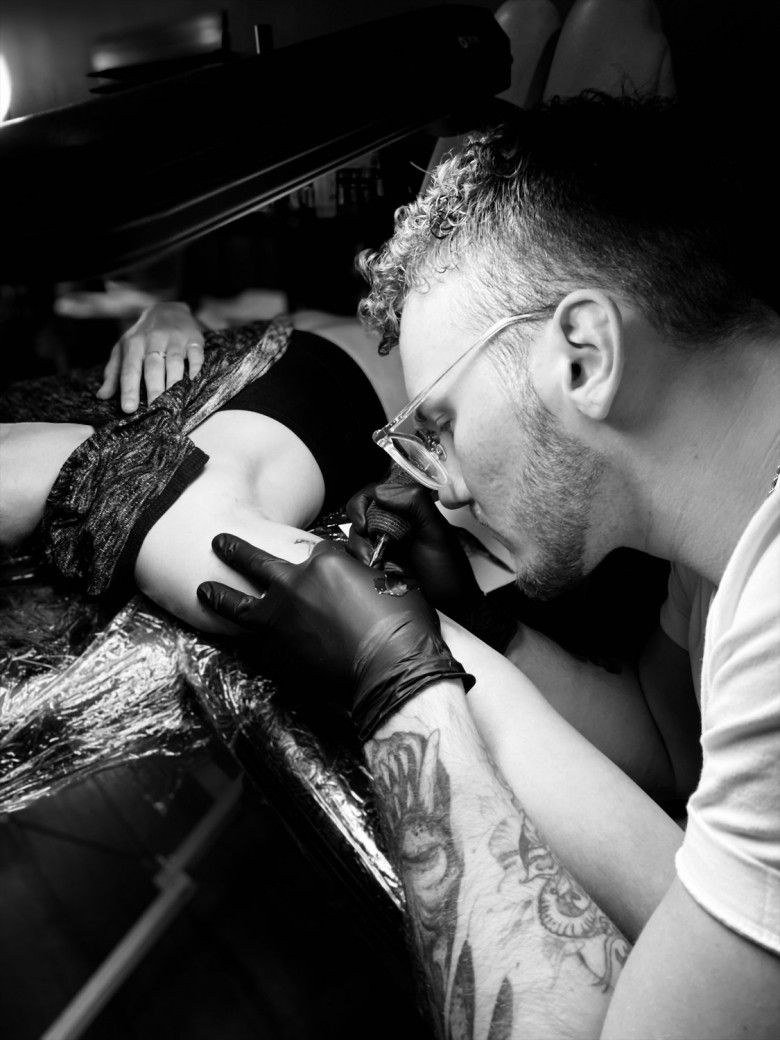
How and when did you decide to become a tattoo artist? Who were your teachers, and what was it like in general?
- From my earliest memories, art has been my constant companion. As a child, I often had my fingers wrapped around a pencil, sketching out the world as I saw it. My journey into the realm of art began earnestly when I stepped into art school as a young boy. My talent blossomed there, and it was a natural progression to continue my artistic education at the art academy after high school.
My initiation into the world of tattooing was a bit of a youthful adventure. At the age of 15, my best friend and I dared each other to get stick-and-poke tattoos. That experience sparked a fascination in me that has only grown brighter over the years. Tattoos became an integral part of my identity, a way to wear my story on my skin.

My path crossed with Jake Galleon, a tattoo artist, whose tales of globetrotting adventures and the beautiful tattoos he created for people around the world left a deep impression on me. I was hungry to learn, to create, and to be a part of this vibrant tattooing world. So, I took the plunge and asked Jake to mentor me. That decision marked the beginning of an incredible journey.
Tattooing, for me, became a new medium to express this passion for realism. It was as if I had been handed a new pair of glasses, allowing me to view life through a prism of ink and artistry, forever altering my perception of the world.
Do you have a professional art education?
- My kindergarten teachers would often marvel at my drawings, encouraging me to sign my little masterpieces. Recognizing my passion, my parents enrolled me in an art school when I was just eight. For the next eight years, I immersed myself in the world of art, eagerly exploring every opportunity to express my creativity. I must admit, I wasn't always the most disciplined student, often skipping classes to work on my projects, but my enthusiasm for creating never waned.
After high school, I took the next step in my artistic journey and enrolled in the Vilnius Academy of Arts, where I began studying graphic design. It was during this time that I rekindled my love for drawing and realized it was my forte. Two years into my studies, I switched to Applied Graphic Design, which gave me more time to refine my drawing skills.
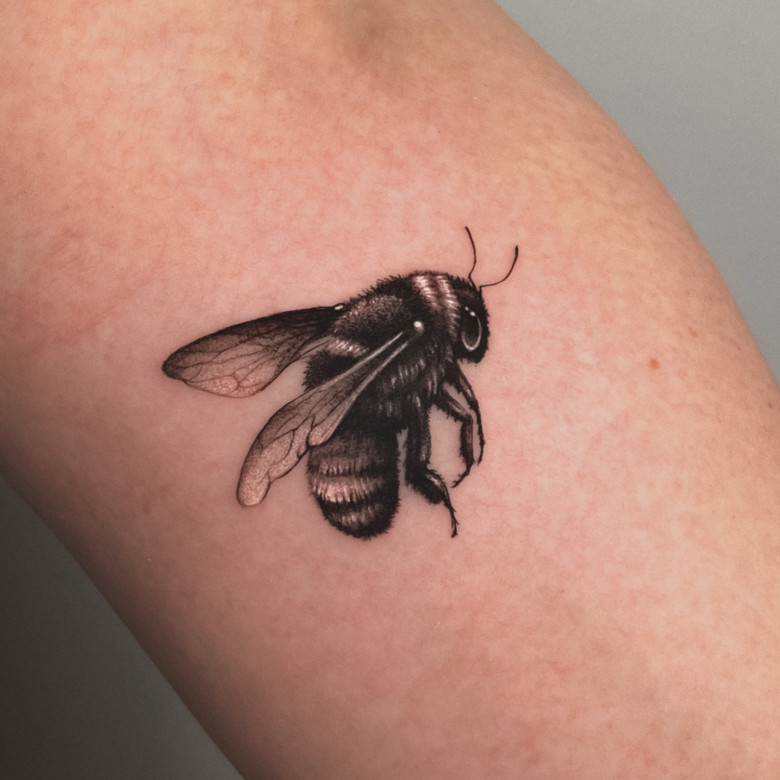
A memorable incident from my time at the academy involved an examination where we were tasked with creating five hyper-realistic drawings. After submitting my work, I was called back for a review. One of my pieces seemed off. The lecturer, holding an eraser, began to rub my artwork, expecting the graphite to smudge. But it didn't. "Why isn't it coming off?" he asked, puzzled. I explained that I had used a graphite sealant to protect my work. They were skeptical, thinking I had printed the image and merely drawn over it. I spent the next half hour explaining my process and showing them progress photos to prove my case. Initially, I was frustrated, but looking back, it's a great story and an even greater compliment to my skills.
Is tattooing art, work, or something else for you?
- Working as a tattoo artist has given me a different perspective on life. In Lithuania, the tattoo scene is still blossoming, and unfortunately, some lingering misconceptions persist. Many still associate tattoos with a criminal past or a stint in jail. Despite being surrounded by these attitudes, I've always seen tattooing as an art form, a beautiful canvas on the skin.
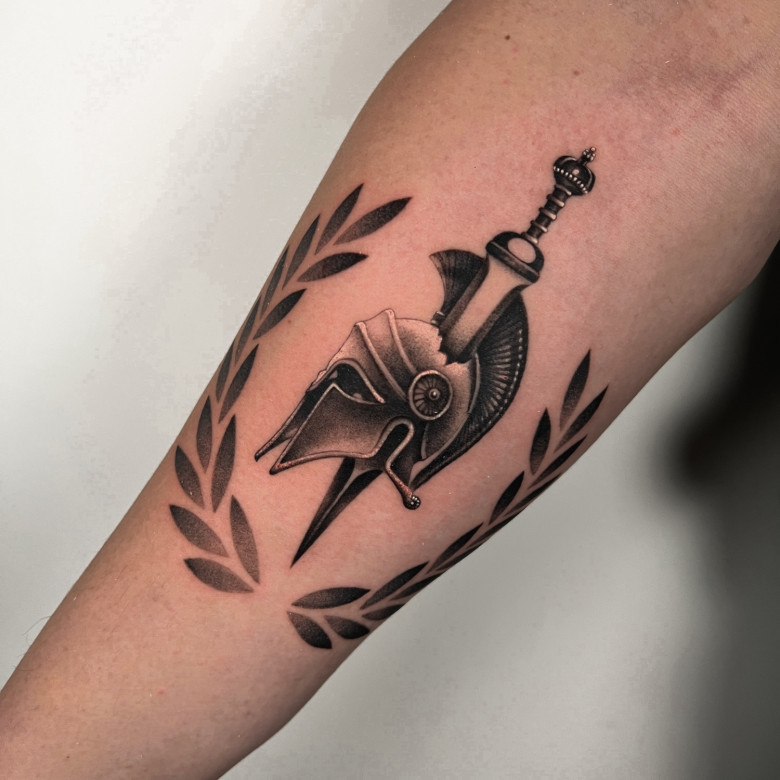
As I ventured beyond our borders and connected with tattoo artists worldwide, I realized that tattooing was more than just a profession for me. It's a passion, a form of self-expression, a hobby that fills my days with joy. There's a certain magic in seeing the happiness on my clients' faces when they see their new tattoos. It's a profound feeling, knowing that I've contributed to a joyful memory they'll carry with them forever.
So, for me, tattooing transcends being just a job or an art form. It's a lifestyle, a wellspring of inspiration, and a testament to the beauty that can be created when ink meets skin.
Why did you decide to focus on black and gray miniature realism as the foundation for your work?
- When I began tattooing, I was initially attracted to the neo-traditional style. However, during my studies, I discovered that I had a knack for drawing realistic portraits and objects. One day, I showed one of my hyper-realistic drawings to my mentor, who suggested I try this style in tattooing. Intrigued, I began experimenting with black-and-gray realism in my tattoos. I found that this style let me create very detailed designs, and I quickly grew to love it. I think my tendency to aim for perfection has really helped me succeed in this style.

What unique features of your work can you identify on your own?
- While the fundamentals of tattooing remain consistent across styles, micro-realism has its own unique subtleties that make it truly special. It's like a delicate dance, where every step must be perfectly timed and executed for the final performance to shine.
One of the key elements I infuse into my work is contrast. It's the secret ingredient that brings a tattoo to life, giving it depth and dimension. Freshly inked tattoos can sometimes appear overly dark or bright, but I've learned to see beyond that initial impression. I know how my work will evolve as it heals, and that foresight guides my hand.

I also pay special attention to the lightest parts of the tattoo, where I use white ink. White has a tendency to fade over time, but I've found the perfect ink and technique to ensure its longevity. It's these little details, these nuances, that make my work stand out. And knowing that my clients will carry a piece of my art with them forever, that's what truly warms my heart.
In your portfolio, alongside realistic works, there are also tattoos that combine neo-traditional elements with traditional Japanese motifs. Is this another aspect of your creativity? What attracts you to these styles? And in the end, which will prevail: realism or neo-traditional?
- Indeed, my artistic interests extend beyond the realm of realism to the rich tapestry of Japanese-inspired art. There's a certain allure to the traditional Japanese style, a captivating blend of beauty and depth that truly resonates with me. The creative process is a different dance from realism. While realism demands meticulous detail and precision, Japanese-inspired art allows me to unfurl my creativity and expressiveness more freely.
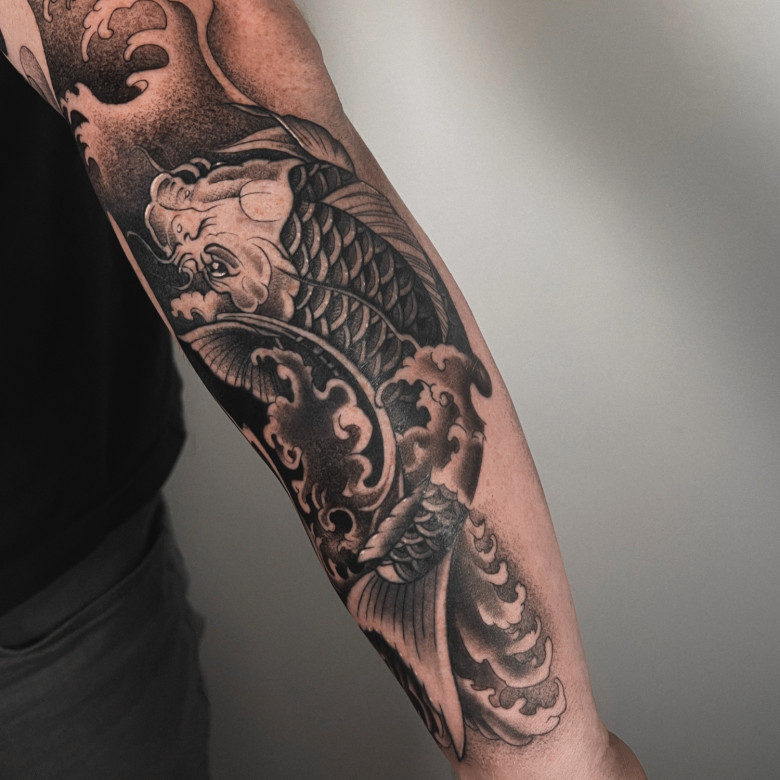
These works often unfold on a larger canvas, offering ample space to explore diverse techniques like shading, line work, and color mixing. But beyond the technical aspects, it's the profound cultural significance of Japanese-inspired art that truly draws me in. Each traditional Japanese tattoo tells a story, symbolizes a deity, or marks a significant life event. It's this fusion of artistic expression and cultural narrative that I find so compelling.
While the artistic journey differs from realism, both styles offer their own unique rewards and fulfillments. They're like two different languages of art, each with its own vocabulary of techniques and meanings, and I feel incredibly privileged to be fluent in both.
Can you tell us about how you create your projects? How can a realist tattoo artist express themselves in this style?
- Creating a tattoo project is a journey that begins with an idea and evolves into a piece of art that tells a story. As a realism tattoo artist, my approach is rooted in capturing the intricate details and nuances of the subject matter. I start by studying the subject closely, understanding its form, texture, and the interplay of light and shadow. This helps me create a design that is not only aesthetically pleasing but also deeply realistic.
While the process requires a high level of precision and attention to detail, it also allows for self-expression. Each tattoo is a reflection of my interpretation of the subject, my artistic style, and my commitment to perfection. It's a delicate dance between staying true to the realism style and infusing my own artistic flair into the design.
Ultimately, creating a tattoo is about more than just the final product. It's about the journey of transforming an idea into a piece of art that will be a part of someone's story forever. And that, for me, is the most rewarding part of being a tattoo artist.
What is the most important aspect of tattooing for you?
- For me, the most important aspect of tattooing is the connection it creates between the artist and the client. Each tattoo is a collaboration, a shared journey that transforms an idea into a piece of art that will be a part of someone's story forever. It's about understanding the client's vision, interpreting it through my artistic lens, and bringing it to life on their skin. It's about the trust they place in me and the responsibility I feel to create something beautiful and meaningful for them.

Moreover, it's the joy and satisfaction I see on my clients' faces when they see their new tattoo for the first time. Knowing that I've contributed to a joyful memory they'll carry with them forever is incredibly rewarding.
So, for me, the most important aspect of tattooing is not just the final product, but the entire process - the connection, the collaboration, the trust, and the joy it brings.
Do you have any projects that you are most proud of? Can you tell us about them?
- As a self-confessed perfectionist, I often find it challenging to appraise my own work. I'm always striving for that elusive 'perfect' piece, constantly spotting areas where I could improve. But I believe this relentless pursuit of perfection is what keeps me evolving as an artist.
One project that holds a special place in my heart is my tiger tattoo. Despite its small size - no larger than a tattoo cartridge - the tattoo boasts sharp contrasts and vibrant whites. Even after healing, it maintains its striking appearance, a testament to the meticulous detail and precision that went into its creation.
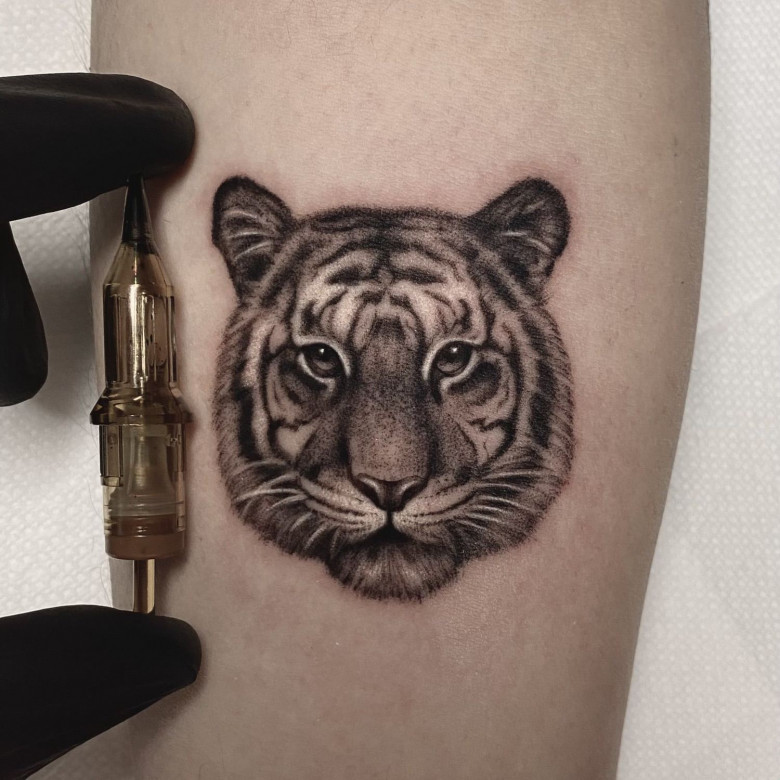
Another creation that fills me with pride is a neo-Japanese sleeve I had the privilege to work on. This project was a canvas for my creativity and self-expression. Given my deep admiration for Japanese culture, this project resonated with me on a profound level. The freedom to infuse my own artistic flair into the traditional Japanese motifs was an incredibly rewarding experience.
So, while I continue to chase perfection, these projects serve as reminders of the joy and fulfillment that comes from creating art that resonates with both me and my clients.
Who are the tattoo artists that you actively follow and consider as examples in your work, and who is in your personal top?
- While there are many talented tattoo artists whose work I admire, my mentor Jake Galleon holds a special place in my heart. Despite our differing styles, his work has always fascinated me and continues to inspire me in my own journey as a tattoo artist.
However, my greatest source of inspiration doesn't come from tattoo artists alone, but from the broader world of art. Given that my primary style is micro-realism, I often draw inspiration from photographs. The intricate details, the play of light and shadow, the depth of emotion captured in a single frame - these elements fuel my creativity and inform my work.
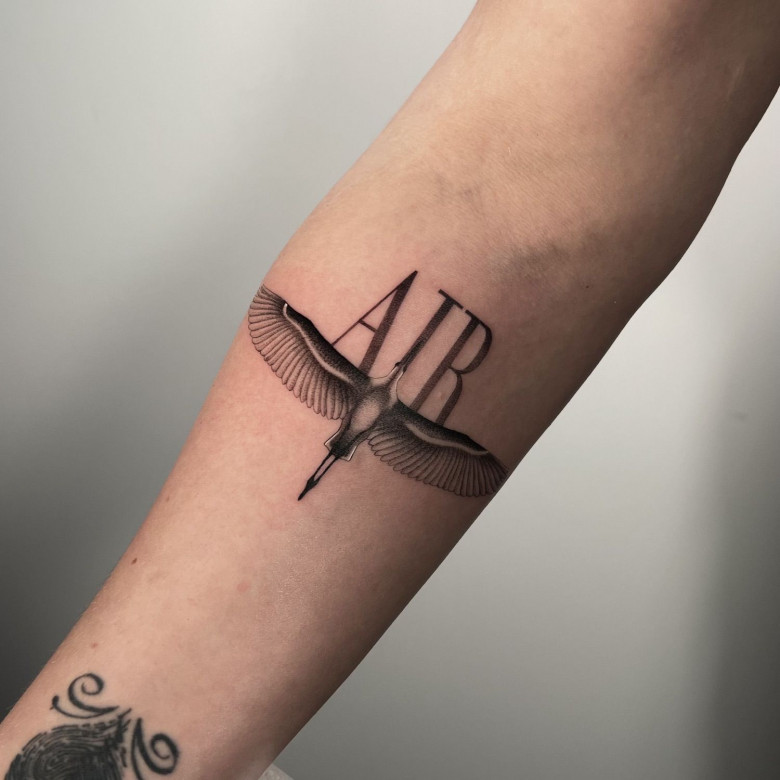
So, while I respect and appreciate the work of many tattoo artists, it's the world of art in general - and photography in particular - that truly shapes my approach to tattooing.
We know that last year you had a solo exhibition at the Čiurlionis National Museum of Lithuania, which combined tattoos with traditional visual art. Could you tell us more about this event? What goals did you have, and were they achieved?
- In Lithuania, there's a prevailing notion that tattoo artists aren't considered 'true' artists. With my exhibition, I aimed to challenge this perception and showcase the artistry inherent in tattooing.
I was fortunate to host an exhibition of my work at the esteemed National M. K. Čiurlionis Art Museum. The exhibit featured my pencil and graphite drawings on paper, as well as tattoos on synthetic skin. This allowed visitors to draw comparisons between works created on different mediums using different tools. I even showcased my first tattoo machine, fashioned with 'needles' made from pen hearts, offering attendees a hands-on tattooing experience.
My hope is that those who visited my exhibition left with a newfound appreciation for the art of tattooing. It's a craft that demands both technical skill and creative flair. While modern art often veers towards abstract forms that may not resonate with everyone, my work focuses on familiar imagery - animals, flowers, faces, and everyday objects. These subjects may seem simple at first glance, but translating them onto paper or skin is a complex process that requires a keen eye and a steady hand.
Can you share your plans for the near future? Do you plan on hosting similar events in the future?
- Beyond the realm of tattooing, I find immense joy in drawing and harbor dreams of hosting another exhibition showcasing my works on paper. My creative pursuits also extend to design and illustration. I've had the pleasure of channeling my creativity into various projects, including designing for a known basketball club in Lithuania. I'm excited to continue exploring different mediums and discovering new avenues for artistic expression.
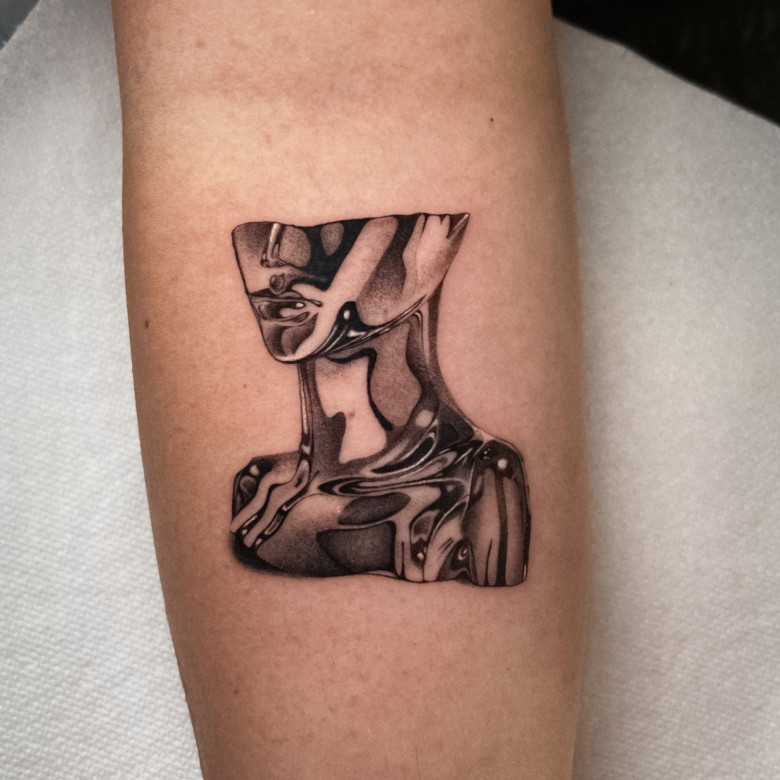





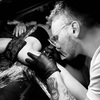


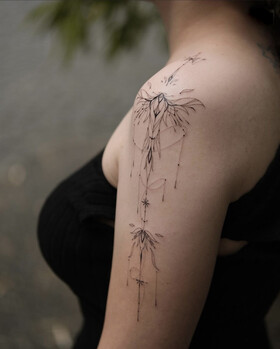
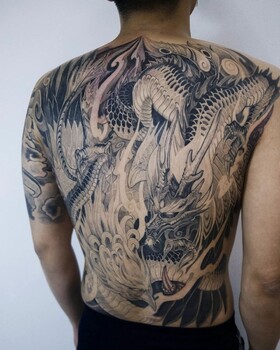
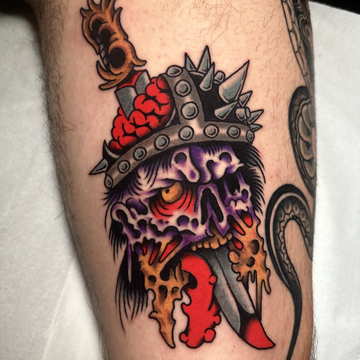
Comments (3)